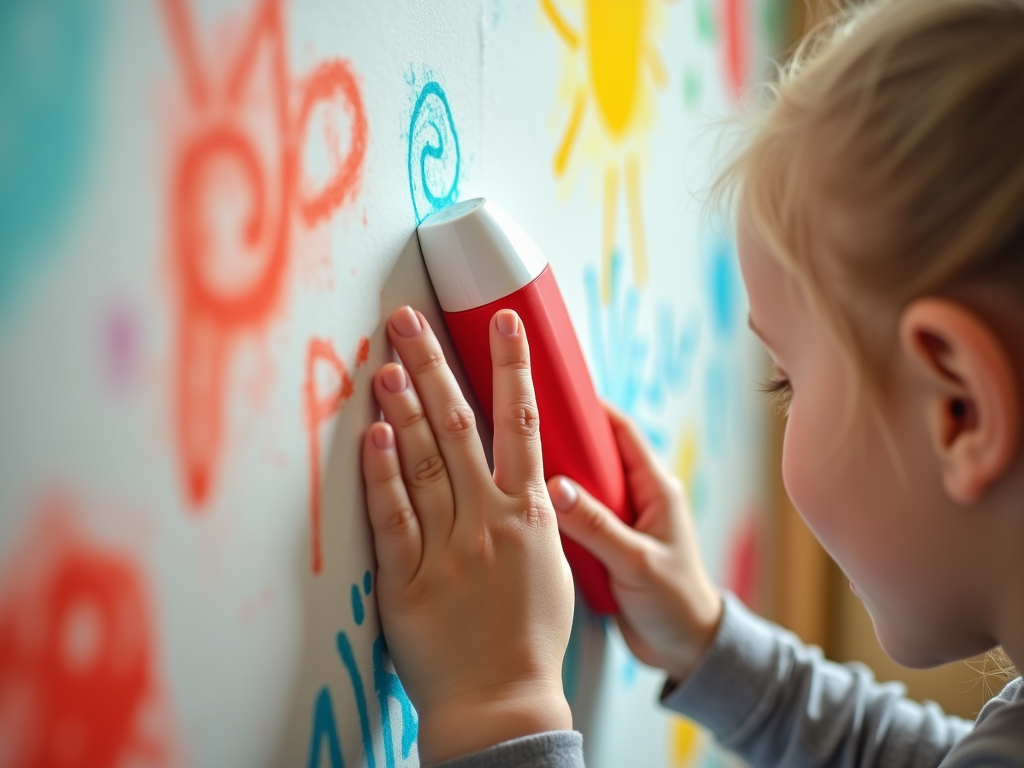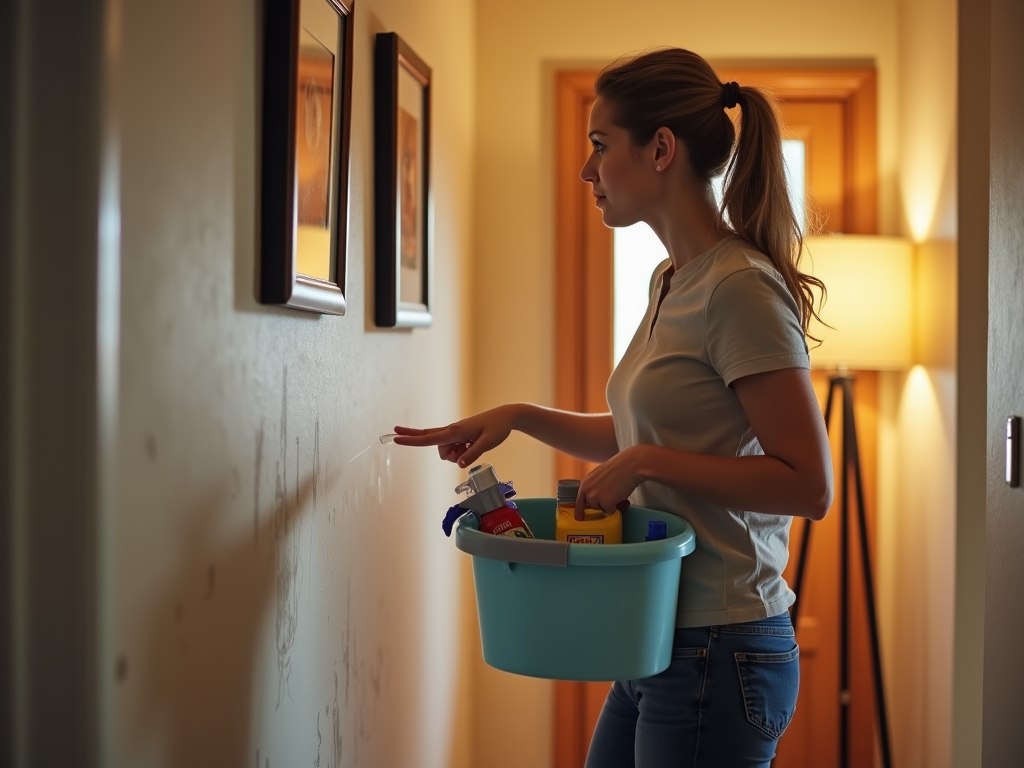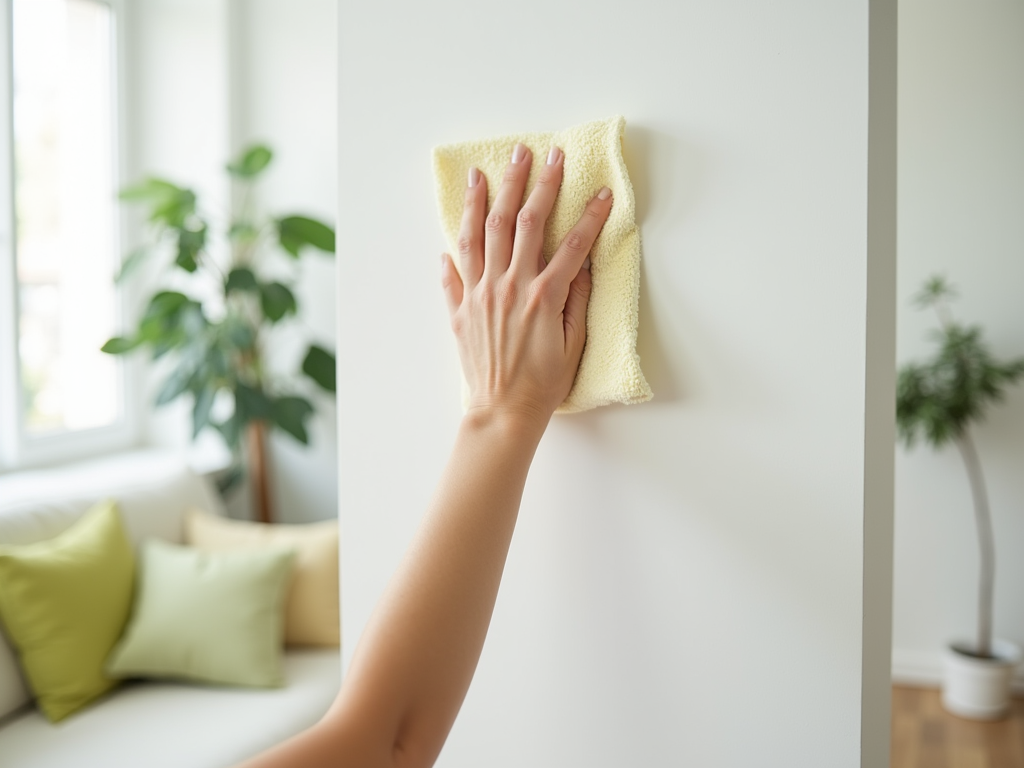Cleaning walls is essential for maintaining a fresh and inviting environment in your home. However, improper cleaning methods can easily damage paint finishes, leading to costly repairs or touch-ups. In this article, we’ll explore practical techniques and safe products to effectively clean your walls without compromising their appearance. Whether you’re dealing with dust, stains, or more stubborn marks, you’ll learn how to restore your walls while preserving the paint job.
Assessing the Condition of Your Walls

Before starting the cleaning process, it’s important to assess the condition of your walls. This evaluation helps you choose the right cleaning method and products. Begin by examining the type of paint used on your walls—flat, eggshell, or satin finishes react differently to cleaning. Look for stains and decide on their severity; some might only require a light dusting while others need more intensive cleaning. Additionally, check for any peeling or bubbling in the paint, which might necessitate repairs before cleaning. Remember that walls in high-traffic areas, such as hallways, are likely to be dirtier than those in less-used rooms.
Gathering the Right Supplies

To clean your walls effectively, it’s essential to gather the right supplies. Here’s a list of items you’ll need for the job:
- Soft cloths or sponge: Choose non-abrasive materials to avoid scratching the paint.
- Bucket: For mixing cleaning solutions and rinsing cloths.
- All-purpose cleaner: A gentle, pH-balanced cleaner suited for painted surfaces.
- Magic eraser: Useful for tough stains, but use sparingly to avoid paint damage.
- Water: Ensure you use clean water for rinsing off any cleaning solution.
Having these tools ready will make the cleaning process smoother and more efficient, allowing you to focus on the task at hand.
Gentle Cleaning Techniques
Once you have assessed your walls and gathered the necessary supplies, you can begin the cleaning process. Start with the least intrusive method to avoid damaging the paint:
- Dusting: Use a soft, dry cloth or a microfiber duster to remove dust and cobwebs from the wall surface.
- Spot cleaning stains: For small stains, moisten a cloth with a mild all-purpose cleaner mixed with water. Gently dab the stained area without scrubbing, as abrasive action may damage the paint.
- Washing whole walls: If the walls are significantly dirty, fill a bucket with water and add a few drops of all-purpose cleaner. Use a sponge dipped in the solution, wringing out excess liquid, and work from the bottom to the top to prevent streaks.
- Rinsing: After washing, use a clean damp cloth to wipe down the walls to remove any soap residue.
- Drying: Pat the wall dry with a soft towel or cloth to avoid water spots and potential damage.
Always test any cleaner in an inconspicuous area to ensure it won’t harm your paint finish.
While many cleaning tasks can be managed with DIY techniques, there are times when it’s best to consult a professional. If your walls have stubborn stains that do not respond to home cleaning methods, a professional painter or cleaning service can provide targeted solutions without risking damage. Additionally, if your walls show signs of mildew or extensive wear, this often requires specialized equipment and expertise to address correctly. Hiring professionals is also wise if you’re unsure about the paint type or historical finishes, as careful handling of older paints is crucial. Trusting experts ensures the integrity of your walls and prolongs their lifespan.
Conclusion
Cleaning your walls doesn’t have to be a daunting task, and by using gentle techniques and proper supplies, you can avoid damaging your paint. Start by assessing the condition of your walls, gathering appropriate cleaning tools, and employing soft cleaning methods for spot or full wall cleaning. Check for any persistent stains often found in high-traffic areas. If in doubt or faced with tough stains, consider seeking professional advice. Regular maintenance will not only keep your home looking fresh but also enhance the durability of your paint. With these tips in hand, you’ll be well-equipped to maintain your walls effectively.
Frequently Asked Questions
1. Can I use vinegar to clean painted walls?
Yes, diluted vinegar can be effective for cleaning painted walls. Mix equal parts of vinegar and water, but it’s best to test it on a hidden area first to ensure it doesn’t damage the paint.
2. How often should I clean my walls?
It is advisable to clean walls every 6-12 months or sooner if you notice buildup of dust or stains, especially in high-traffic areas.
3. What should I do about stains from crayons or markers?
For crayon or marker stains, use a magic eraser or rub a small amount of rubbing alcohol on a soft cloth to gently dab the stain without scrubbing hard.
4. Is it necessary to repaint after cleaning walls?
No, cleaning walls properly should not require repainting unless there is significant wear or damage that cleaning can’t correct.
5. Can I use bleach to clean my walls?
Bleach is not recommended for cleaning painted walls as it can strip paint and create discoloration. Use milder cleaners instead.
